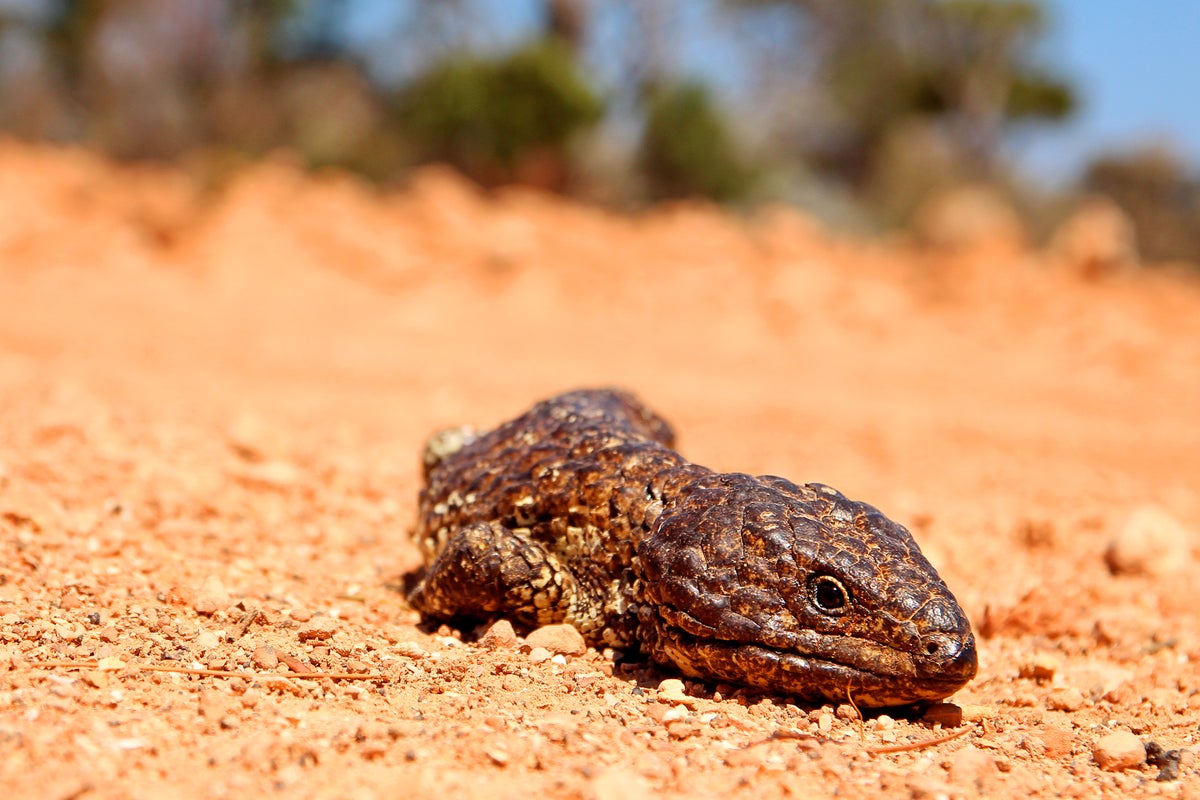
"A burned lunch at Audubon Zoo in New Orleans did more than just disappoint a hungry staffer. As soon as a smoke plume from the mishap drifted into their enclosure, Australian sleepy lizards suddenly stopped whatever they were doingheads up, tongues flicking, bodies tenseand began pacing their enclosure's edges and digging in the substrate, frantic to escape. Other reptile species in the same room didn't flinch."
"To test this hypothesis, Chris Jolly, a conservation biologist at Macquarie University and Charles Darwin University in Australia, and his colleagues exposed 10 adult female sleepy lizards to individual puffs of smoke and water vapor and separately to recordings of crackling wildfires and white noise. The lizards fled in response to smoke but were unphased by water vapor, wildfire sounds or white noise."
"Smoke also tends to travel ahead of the flames and cuts through background noise, Jolly says, making smell a more reliable early warning than sound in open, windy, noisy environments. Many of the lizards tested had likely never experienced wildfire; their capture site hadn't burned in more than 50 years. Yet they still bolted when they sensed smoke, suggesting an innate adaptation."
Ten adult female Australian sleepy lizards were exposed to individual puffs of smoke and water vapor, and separately to recordings of crackling wildfire and white noise. The lizards fled in response to smoke but showed no reaction to water vapor, wildfire sounds, or white noise. Other reptile species in the same room did not react to the smoke plume. Smoke travels ahead of flames and penetrates background noise, making olfactory cues a reliable early warning in open, windy environments. Many tested lizards likely had no prior wildfire experience, yet still bolted when they smelled smoke, suggesting an innate olfactory adaptation.
Read at www.scientificamerican.com
Unable to calculate read time
Collection
[
|
...
]